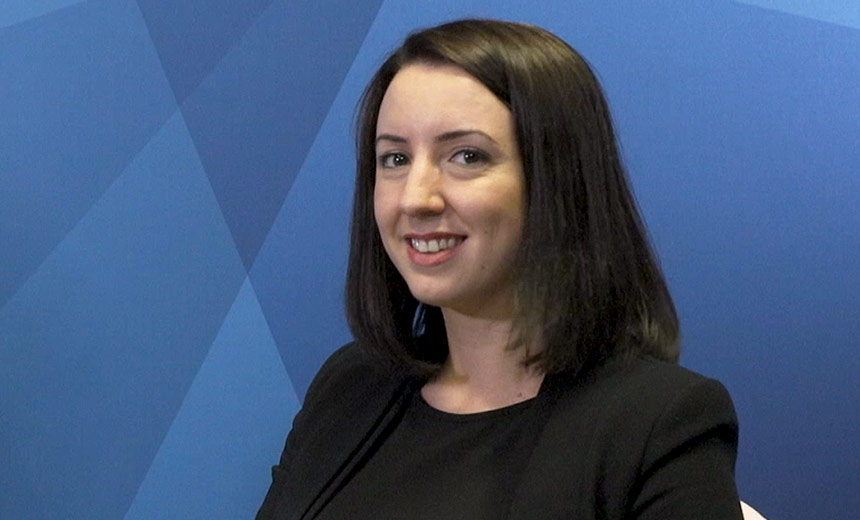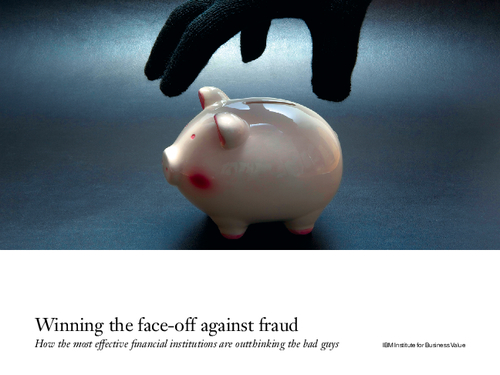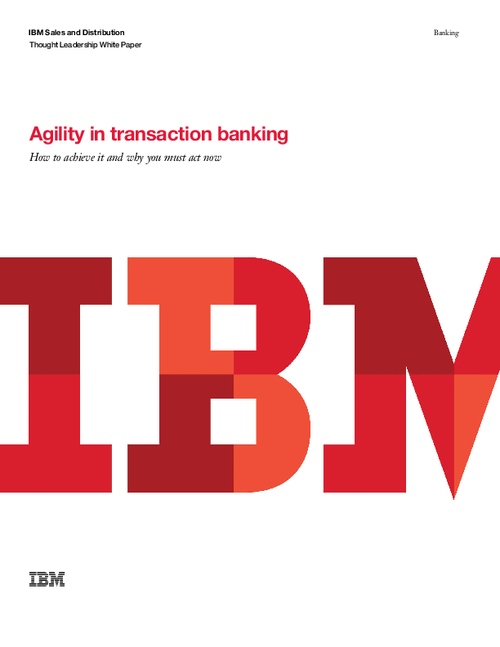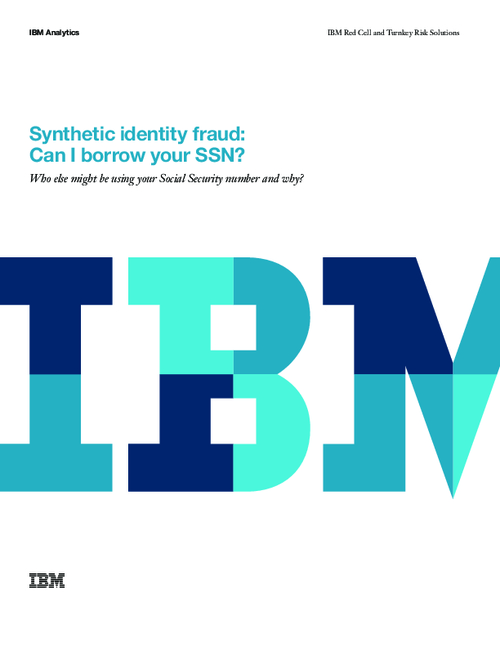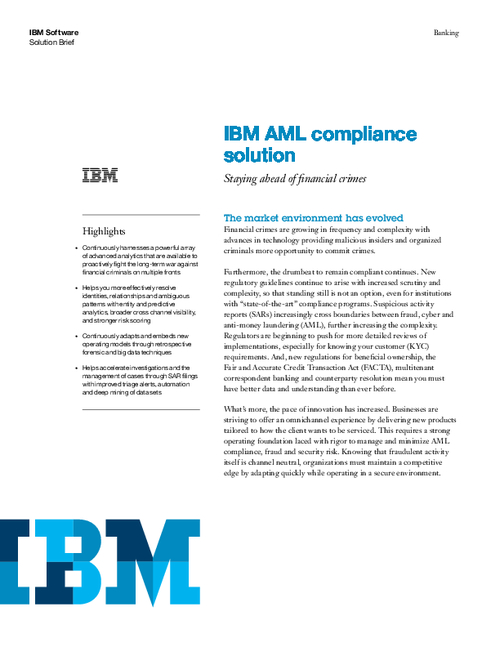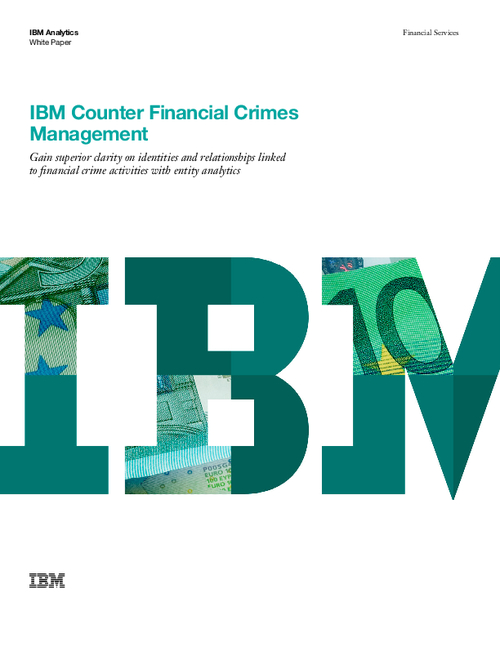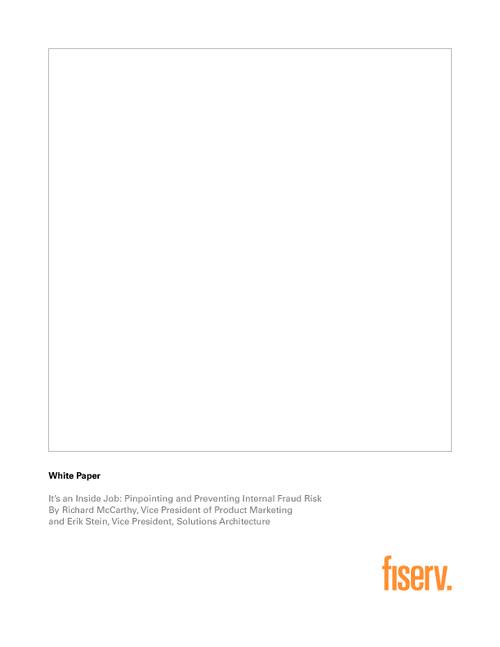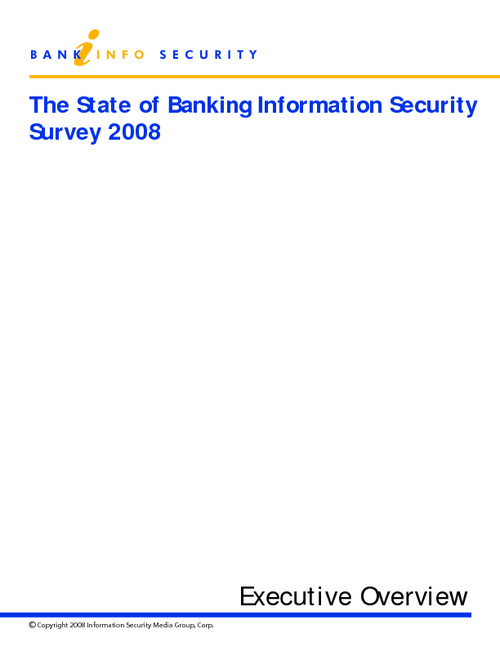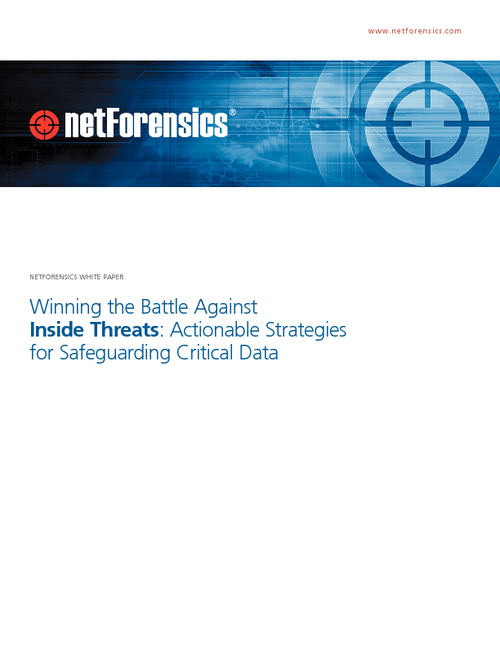FinCEN Targets Cross-Border Funds
New Rule Would Lower Reporting Threshold to $1,000
The FinCEN proposal has been submitted for publication in the Federal Register and is in a 90-day comment period.
The rule would require certain depository institutions and money services businesses to affirmatively provide records to FinCEN of certain cross-border electronic transmittals of funds. Current regulations already require that these financial institutions maintain and make available, but not affirmatively report, essentially the same CBETF information.
New Threshold
FinCEN issued this proposal to meet the requirements of the Intelligence Reform and Terrorism Prevention Act of 2004. Section 6302 of IRTPA directed the Secretary of the Treasury to study the feasibility of requiring financial institutions to report to FinCEN certain cross-border electronic transmittals of funds, where reasonably necessary to conduct efforts against money laundering and terrorist financing.The proposed rule is aimed to create data for law enforcement agencies by having first-in and last-out depository institutions (those institutions that are the first to receive funds transferred electronically from outside the United States or the last U.S. institution to transmit funds internationally) to report all such transmittals of funds. MSBs that conduct cross-border electronic fund transfers will be required to report international transactions equal to or in excess of $1,000. FinCEN says it estimates that fewer than 300 depository institutions and 700 MSBs will be subject to this requirement.
FinCEN is also proposing to require an annual filing by all depository institutions of a list of taxpayer identification numbers of accountholders who transmitted or received a CBETF. This additional information will facilitate the utilization of the CBETF data, in particular as part of efforts to combat tax evasion by those who would seek to hide assets in offshore accounts.
"Eases Compliance Burden"
David Gilles, a director in the forensic and dispute services practice of Deloitte Financial Advisory Services, says a great deal of thought was put into this move by FinCEN. A feasibility study was conducted in 2007 to measure the impact of this move and the best way to go about it. What impresses Gilles was the decision by Treasury and FinCEN to allow SWIFT, one of the central international transaction carriers, to be a way for this information to be recorded. "This eases the compliance burden considerably," Gilles says. "It speaks to the level of burden that regulators are allowing to be lifted to get their information."The majority of the wire transfer process is already highly automated, Gilles says, which means it will have less manual intervention, thus being easier with which to comply. The correspondent banking network will be the focus of most of the regulatory scrutiny.
Hugh Jones, CEO of Accuity and National Regulatory Services, a payment routing data firm, says one drawback for smaller banks will be meeting the new FinCEN compliance requirements, even with SWIFT being the point where data would be gathered. Jones says that as the biggest banks begin to comply with the rule and doing more due diligence on the wire transfers, and "begin really pulling out customers and questioning their money transfers, money launderers will move to the smaller banks that don't have strong Anti-Money Laundering compliance in place."
Launderers Move To Bulk?
If this $1,000 wire transfer threshold rule goes through -- and experts say they expect it to -- the next question is: Where will the money launders go? Gilles says money laundering and the law enforcement focused on catching these fraudsters have always been involved in a game of cat and mouse. "It has always been a move-countermove game; this won't change," Gilles says." There are any number of ways that money can be moved."Gilles says the government realizes that when it pushes regulations in like this, it is like pushing a balloon -- it will move the money launderers to another area. Between now and the end of the 90-day comment period, Ken Rijock, Financial Crime Consultant for World-Check, an international anti money laundering intelligence firm, says banks should be on look out for money launderers trying to move millions before the new rule goes into effect.
Rijock says this new rule will really crack down hard on money launderers. "With the enactment of this rule the dodgy entities and people will now be flushed out." The move to lower the threshold is priceless because it creates a permanent investigative tool for law enforcement.
Where that money laundering balloon will be pushed to isn't entirely clear, but Rijock says he also expects that the move to lower threshold to $1,000 will make bulk cash smuggling "worse than it already is, as bulk cash smuggling is up," he says.
But the positives of the new rule outweigh the compliance burden, Jones says. "The move to lower the threshold to $1,000 will be a choking point for those money launderers who move massive amounts of money in small increments," he says. It is an old trick to move lots of small amounts below the "radar screen of detection," and this is the loophole that FinCEN is looking to contain.


